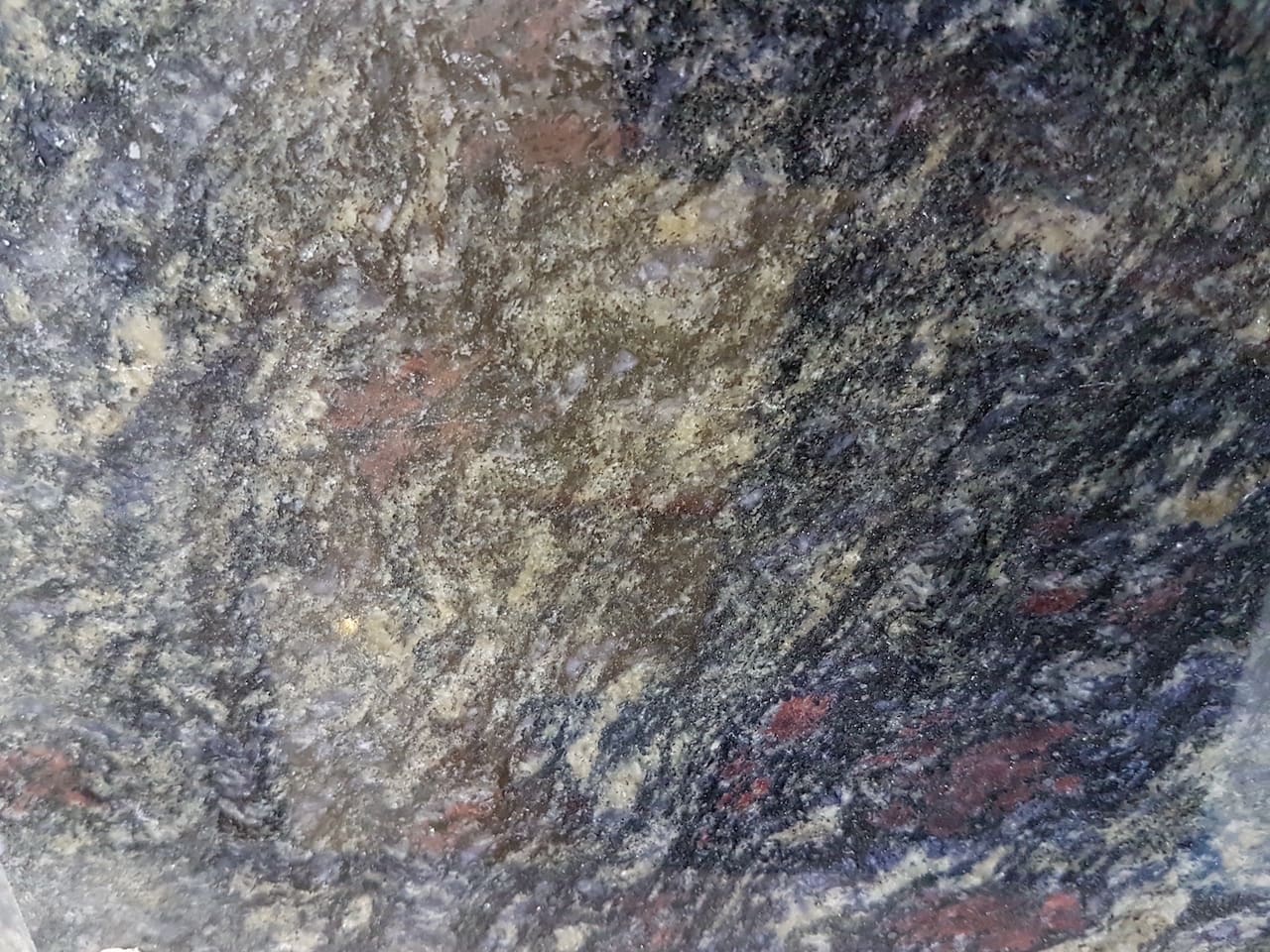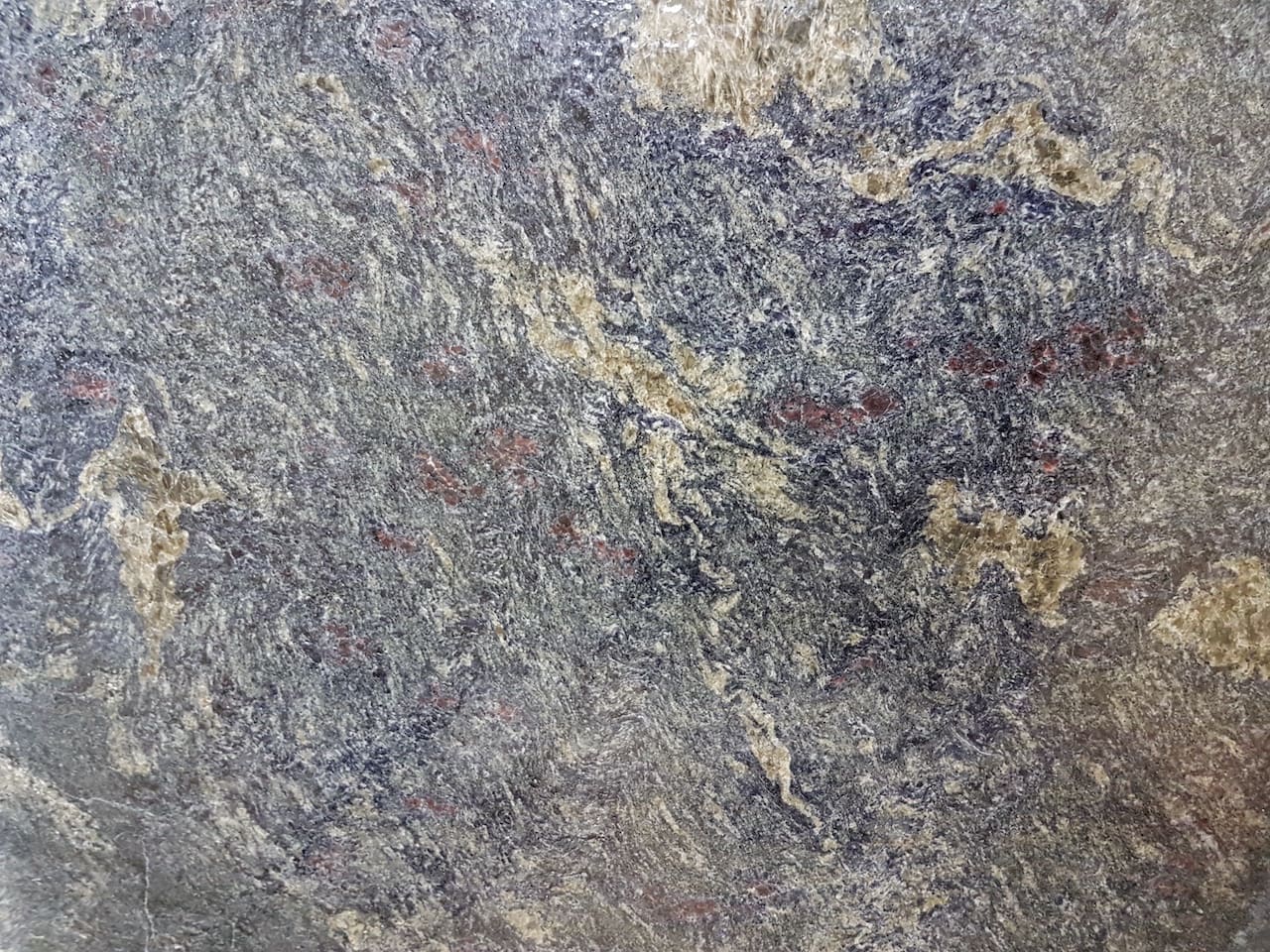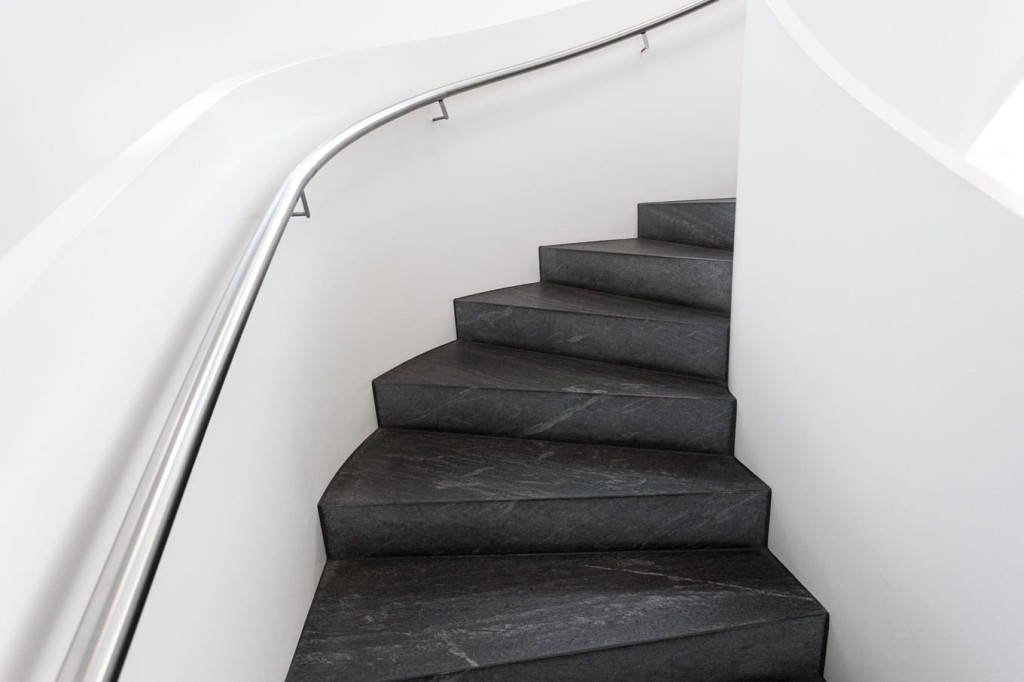Agglomarble or conglomerate?
While decorating our apartment or our house, we face a dilemma, which stone to choose be it for a kitchen worktop or window sills or stairs. The quality of stone and its price, these are two decisive factors we take into account when taking a decision. Natural stone is now facing a growing competition of its synthetic counterparts such as agglomarble. How do these two differ and which one is better, let’s say for a window sill.∂
Agglomarble - what is this?
Agglomarble is nothing more than a synthetic conglomerate, which consists of 95% of crushed marble and 5% of polyester resin, which acts as a bonding. Many a person considers agglomarble to be better than its counterpart, as it is more resistant to numerous external factors. However, it is a synthetic product and its final shape is created by its producer. What’s more, it is characterised by an array of shades because during its production a limitless number of pigments can be added.
Which is better for a window sill: agglomarble or conglomerate?
Natural stone, which is the main ingredient of both agglomarble and conglomerate, for the most part determines their technical and durability parameters. Therefore, quartz conglomerate is the most durable material - resistant to damage, scratches, cuts and high temperature. The use of resin, which bonds the material, gives it some degree of elasticity, which enables manufacturers to produce conglomerates of large formats and of diversified thickness. It does not make much difference whether we will buy window sills made of agglomarble or of conglomerate. Both these products will perform their functions effectively. These are very flexible and elegant materials, which have got a lot of benefits like:
· interesting appearance
· durability
· resistance to external environmental factors
· temperature absorption
· UV resistance
· repeatability of patterns i shades
When buying window sills made of conglomerate or agglomarble, we have to face one problem only, namely which colour will best complement our interior.
This is a perfect and durable alternative to all natural stones used in the window sills production.










